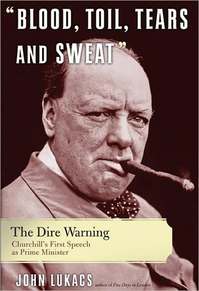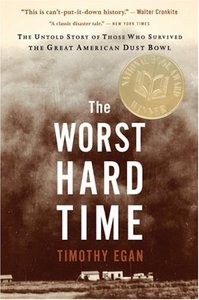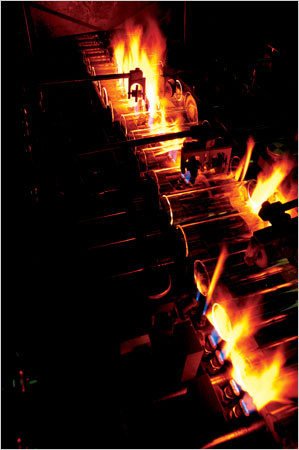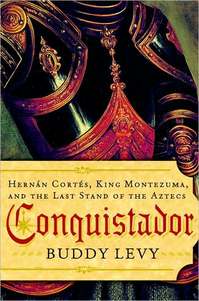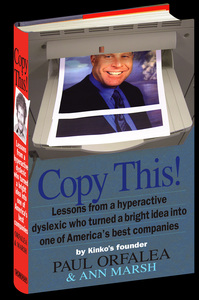
Source of formula title and of formula: online version of the WSJ commentary quoted and cited below.
(p. A17) Here’s how ill-conceived regulation poisoned the system. Until recently, bank CEOs and regulators slept well at night thanks to a financial model developed in the 1990s called “value at risk” or VaR. It assesses historical variances and covariances among different securities, informing financial institutions of the risks they’re taking. By assessing risk factors across all securities, VaR can compare historical levels of risk for given portfolios, usually up to a 99% probability that banks would not lose more than a certain amount of money. In normal times, banks compare the VaR worst case with their capital to make sure their reserves can cover losses.
But VaR can’t account for extreme unprecedented events — the collapse of Barings in 1995 due to a rogue trader in Singapore, or today’s government-mandated bad mortgages bundled into securities that are hard to value and unwind. The “1% likely” happened. And because the 1% literally didn’t compute, there was no estimate of the stunning losses that have occurred.
Yale mathematician Benoit Mandelbrot pointed out the shortcomings of the VaR model in his “The (Mis)behavior of Markets,” published in 2004. He noted that bell curves work for, say, disparities in the height of people. In markets, instead of flat tails of rare events at either end of the bell curve, there are “fat tails” of huge upsides and huge downsides. Markets are more complex than the neat shape of bell curves.
Last year’s bestselling nonfiction book had a similar theme. In “The Black Swan,” former trader Nassim Nicholas Taleb pointed out that extreme outcomes are actually common, warning that financial engineers — “scientists,” as he calls them — ignore these unlikely outcomes at their peril. But today’s credit panic was not entirely unpredictable. Mr. Taleb was prescient in writing, “The government-sponsored institution Fannie Mae, when I look at their risks, seems to be sitting on a barrel of dynamite, vulnerable to the slightest hiccup. But not to worry: Their large staffs of scientists deemed these events ‘unlikely.'”
For the full commentary, see:
L. GORDON CROVITZ. “The 1% Panic.” The Wall Street Journal (Mon., OCTOBER 13, 2008): A17.
(Note: the online version of the article had the following added subtitle: “Our financial models were only meant to work 99% of the time.”)
For the Taleb book mentioned in the commentary, see:
Taleb, Nassim Nicholas. The Black Swan: The Impact of the Highly Improbable. New York: Random House, 2007.
For an insightful review of the Taleb book, see:
Diamond, Arthur M., Jr. “Review of the Black Swan: The Impact of the Highly Improbable.” Journal of Scientific Exploration 22, no. 3 (2008): 419-22.


